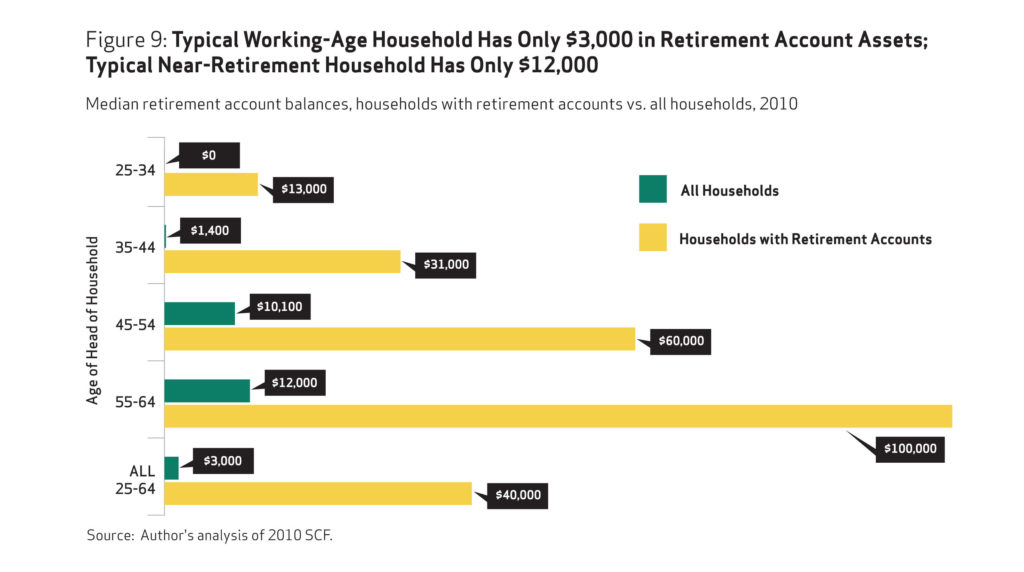Retirement planning isn’t just about putting money aside—it’s about understanding key ages that trigger changes in rules, penalties, and opportunities. The IRS provides guidance for governmental retirement plans regarding normal retirement age (NRA) under Section 414(d) of the Internal Revenue Code. These rules clarify how and when participants can retire, with specific safe harbors for public safety employees.
Governmental plans don’t always need to define a normal retirement age. If the plan doesn’t allow participants to take distributions while still working before age 62, there’s no requirement to set a specific NRA.
There’s an age-50 safe harbor for qualified public safety employees. This means plans can set the NRA as low as 50 for these employees, while other participants can have a later retirement age. The later age must comply with the 2007 NRA regulations.
The IRS extended the effective dates for certain NRA rules. For governmental plans, the updated regulations apply starting with plan years that begin:
On or after January 1, 2015, or After the first legislative session that can amend the plan, which starts at least three months after the regulations are officially published. Until the 2007 NRA regulations are fully updated, plan sponsors can rely on IRS Notice 2012-29 for guidance.
For public sector and governmental employees, the rules can be even more nuanced. Some positions, like firefighters, police officers, or emergency responders, have special provisions that allow earlier retirement or different calculation methods for benefits. Recognizing these rules ensures you can take full advantage of the benefits you’ve earned.
The IRS and Department of Treasury issued Notice 2012-29 about guidance on applying the 2007 Normal Retirement Age (NRA) regulations to Internal Revenue Code Section 414(d) governmental plans. Key points of the guidance under consideration include:
Governmental plans do not need to have a definition of normal retirement age if they do not provide for in-service distributions before age 62. The age-50 safe harbor rule in the 2007 NRA regulations, currently applying only to plans where substantially all participants are qualified public safety employees, would be expanded. It would also cover groups where substantially all participants are qualified public safety employees. This means a governmental plan could set a normal retirement age as low as 50 for qualified public safety employees, with a later NRA for other participants fulfilling 2007 NRA regulation requirements. The effective date of the 2007 NRA regulations for governmental plans is extended to apply to annuity starting dates in plan years beginning on or after the later of January 1, 2015, or the close of the first regular legislative session able to amend the plan following three months after final regulations are published. Until the regulations are amended, governmental plan sponsors can rely on Notice 2012-29 for this extension. This guidance reflects IRS intent to clarify NRA rules tailored to governmental plans, especially for qualified public safety employees and other participants. The normal retirement age may be flexible based on plan design and participant classification under these rules.
What Are the Key Ages That Affect Retirement Plans? The IRS identifies certain milestone ages that change how you can contribute to or withdraw from retirement accounts. These ages can impact tax savings, penalties, and retirement income.
Age 21: Most employer-sponsored retirement plans allow you to start participating at 21. If you delay, you might miss years of tax-deferred growth. Age 50: Turning 50 opens the door for “catch-up contributions.” This means you can contribute extra to IRAs or employer plans. Public safety employees in government plans may also withdraw funds after leaving service without the usual 10% early withdrawal penalty. Age 55: If you leave your job at 55 or older in a non-governmental plan, you may avoid the 10% early withdrawal penalty. This can be a huge advantage for those planning early retirement. Age 59½: At this age, the 10% early distribution penalty disappears for most retirement accounts. It’s an important milestone if you want to start accessing your funds without extr
Read More

